Bonsai, the artful cultivation of miniature trees, has attracted plant enthusiasts worldwide for centuries. These living works of art, from traditional pine and maple to more exotic varieties, require meticulous care to flourish.
Among the various factors contributing to Bonsai’s health and beauty, light is one of the most crucial.
Each Bonsai tree, especially when exploring exotic Bonsai varieties, comes with unique light preferences, and it is crucial to understand them to maintain the Bonsai’s overall aesthetics and health.
In general, most Bonsai trees thrive well in bright and direct sunlight. However, some coniferous species, such as Pine and Juniper, need shade during the hottest parts of the day.
Therefore, monitoring your tree’s response to its lighting conditions is essential. So read ahead as we share expert care and maintenance tips for your Bonsai plant!
Understanding Bonsai Light Requirements
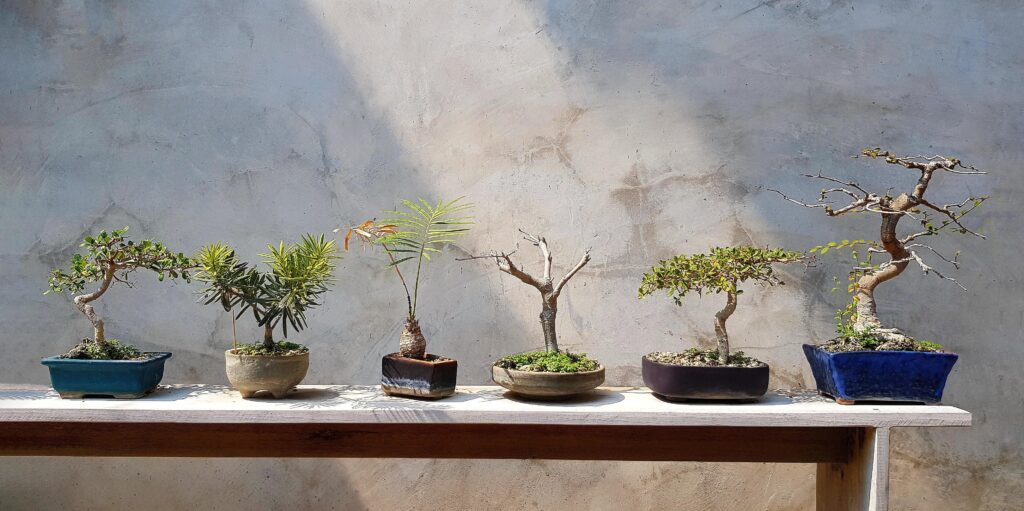
Bonsai trees are living art forms with unique qualities, traits, and needs. To care for these miniature wonders, it is essential to grasp the fundamentals of their light needs. Bonsai trees can be classified based on their light requirements.
Some species thrive in full sun, while others prefer shade or even full shade. Understanding the specific needs of your bonsai is crucial, as the plants need light for photosynthesis.
Light is the engine behind photosynthesis, the process by which plants convert light into chemical energy, fueling their growth and development.
This energy conversion is pivotal for your bonsai’s growth and overall health.
Bonsai light requirements can vary based on several factors, including the species you nurture, your geographical location, and the weather. Considering these factors when exposing the plant to light would be best.
Assessing Your Bonsai’s Light Needs
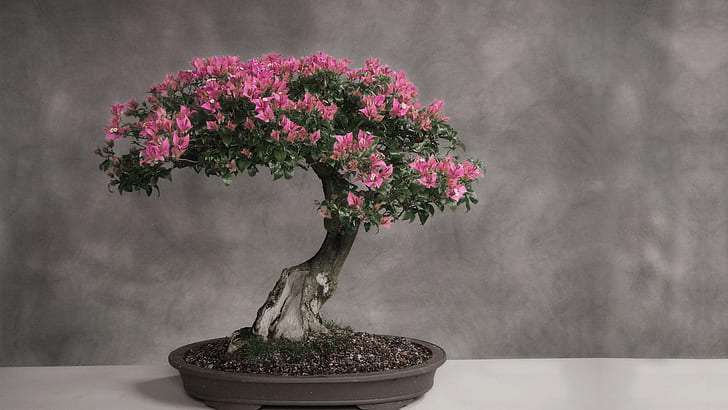
Understanding your Bonsai’s specific light requirements is pivotal to ensuring its health and longevity. This section will guide you through understanding your Bonsai’s light needs accurately.
1. Identify the Species
Different Bonsai species have varying light preferences. Some, like Junipers, thrive in full sun, while others, such as Azaleas, prefer partial shade. Begin by identifying the exact species of your Bonsai, as this knowledge will help you understand the necessary conditions for its growth.
2. Observe the Light Conditions in Your Surroundings
Evaluate the natural light in your garden or anywhere you want to keep the Bonsai. Consider factors like the orientation of your windows, obstructions between the plant and sunlight, and seasonal variations.
3. Light Deficiency or Excess
Bonsai trees are excellent communicators when it comes to their light needs. Learn to recognize the signs of light-related issues in plants, such as yellow leaves, leggy growth, or sunburn. These visual cues will help you understand how much light your Bonsai plant needs.
Optimizing Light for Bonsai Trees
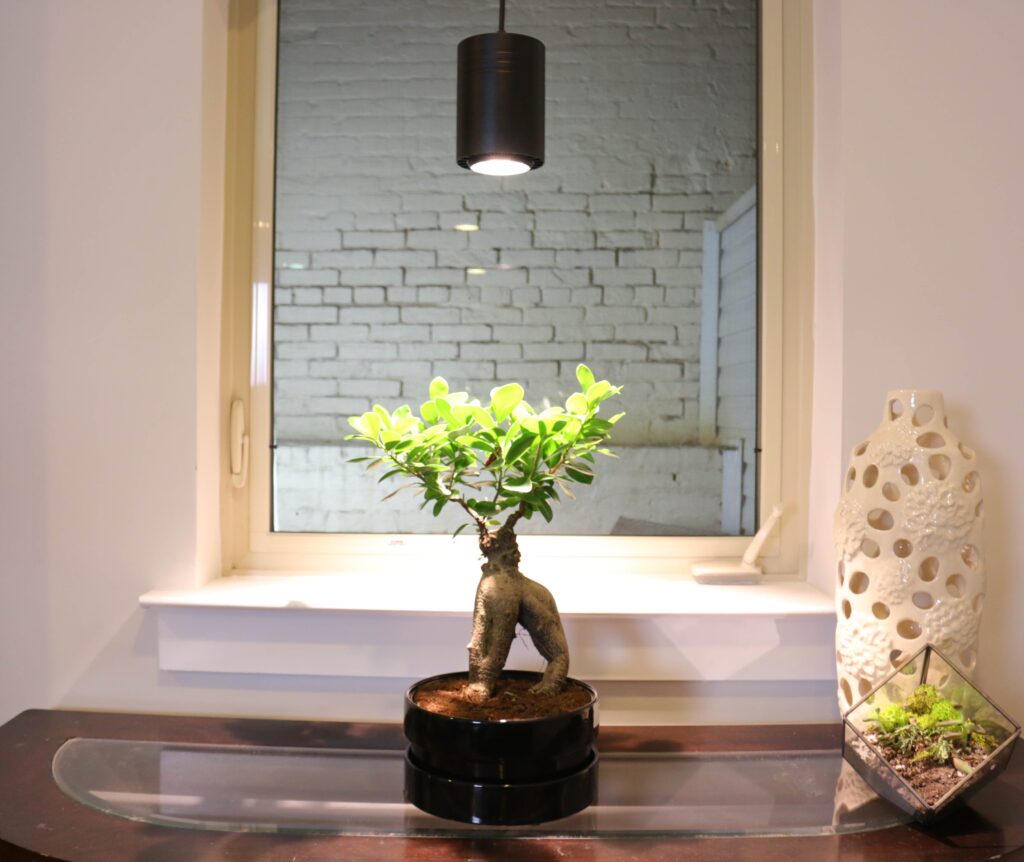
Creating an optimal lighting environment for your Bonsai trees, including colorful Bonsai tree types, is a delicate balancing act that requires a deep understanding of their needs.
Whether nurturing a vibrant Indian laurel or graceful Japanese maple, these insights will help you master the art of light optimization for Bonsais.
1. Natural Sunlight
Some Bonsai, like vigorous Chinese Elm, thrive when exposed to direct sunlight for several hours daily. Others, such as Azalea, preferred filtered or dappled sunlight. You keep your Bonsai in its preferred lighting conditions for the best health and growth.
2. Artificial Lighting
Artificial solutions become essential for indoor Bonsai or homes with insufficient natural light. High-quality grow lights, such as LED or fluorescent tubes, can mimic the sun’s spectrum and provide the necessary illumination. This is especially crucial for tropical Bonsai like the vibrant Bougainvillea, which requires ample light even indoors.
3. Light Duration and Intensity
Experiment with the duration and intensity of the light exposure based on your specific Bonsai needs. For instance, Serrisa requires a gentle morning sun, which is unusual for Juniper or Pine Bonsais.
Seasonal Light Adjustments for Bonsai
Adjusting your Bonsai’s light exposure as the seasons shift is recommended to maintain their growth and well-being. During the spring and summer, when daylight hours are longer and the sun is stronger, you may need to keep the Bonsai in the shade for longer hours to prevent sunburn. In contrast, placing the Bonsai out during the day might be beneficial during fall and winter.
Most Bonsai species require special attention and care in winter. Thus, you must ensure they receive adequate light, even in indoor environments, to prepare them for the next growing season. Additionally, it would be best to be mindful of the heat waves; thus, it is recommended to shift Bonsai to a cooler location during summer.
Conclusion
In conclusion, the amount of light a Bonsai tree needs depends on its species and climate. Some Bonsai trees prefer full light, while some need partial shade to survive. Thus, it is important to research the specific needs of your Bonsai tree to ensure that it is getting the right amount of light.
If your Bonsai tree is not getting enough light, its leaves will turn yellow and fall off. On the other hand, if your Bonsai is getting overexposed to the sun, its leaves will scorch and brown. The tree gets the right amount of light if the leaves are green and healthy.
As a responsible plant owner, you must take the following visual signs to determine your plant’s health and needs. With the proper care and light, your Bonsai tree will continue thriving for many years!

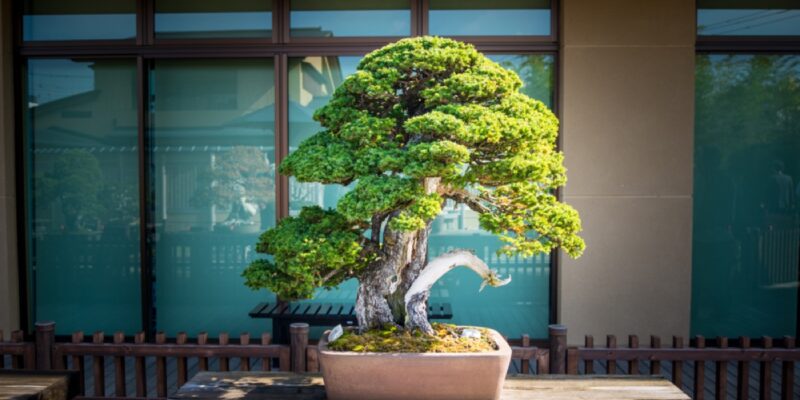
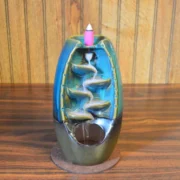
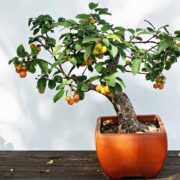
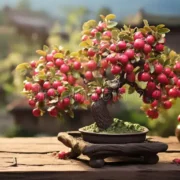
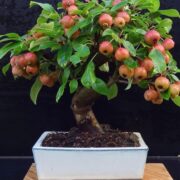
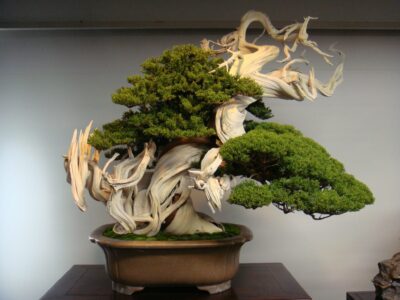
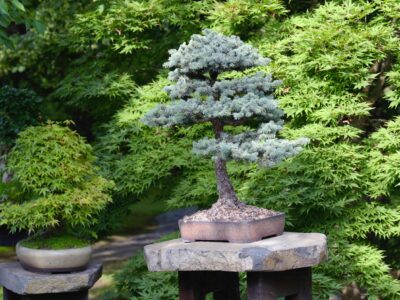
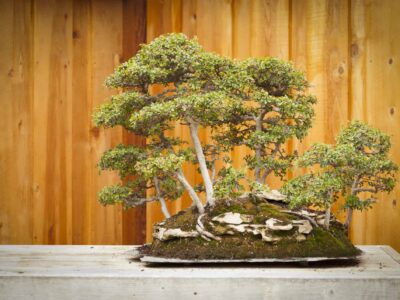
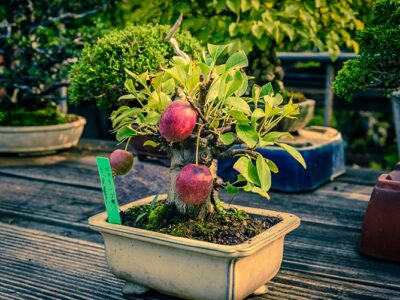
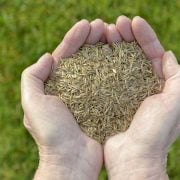



Comments